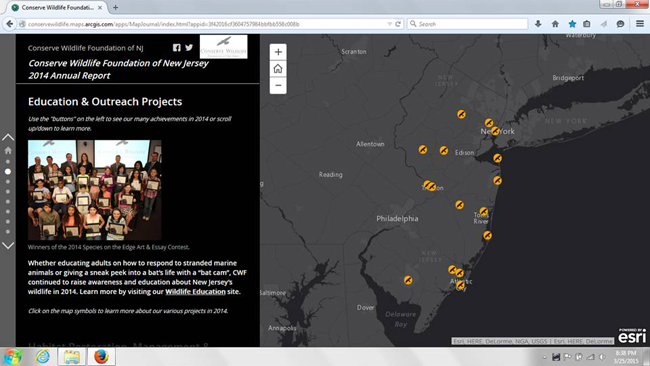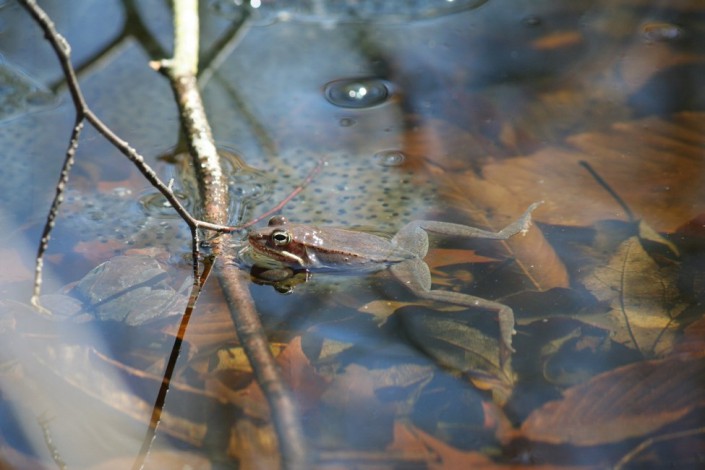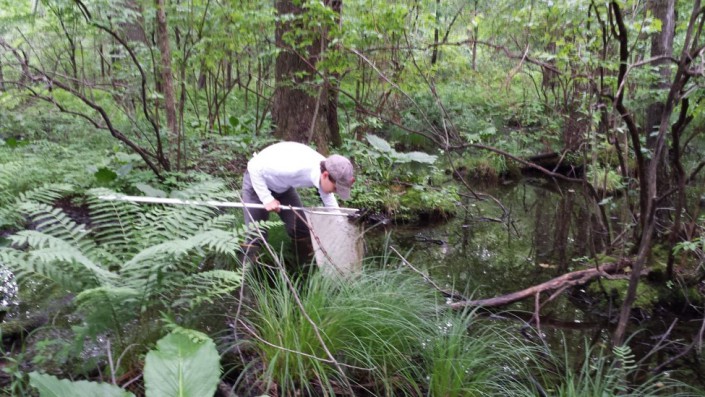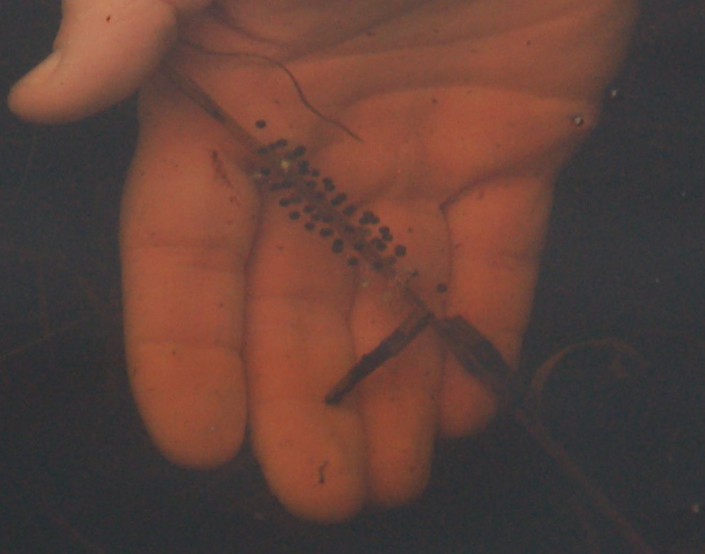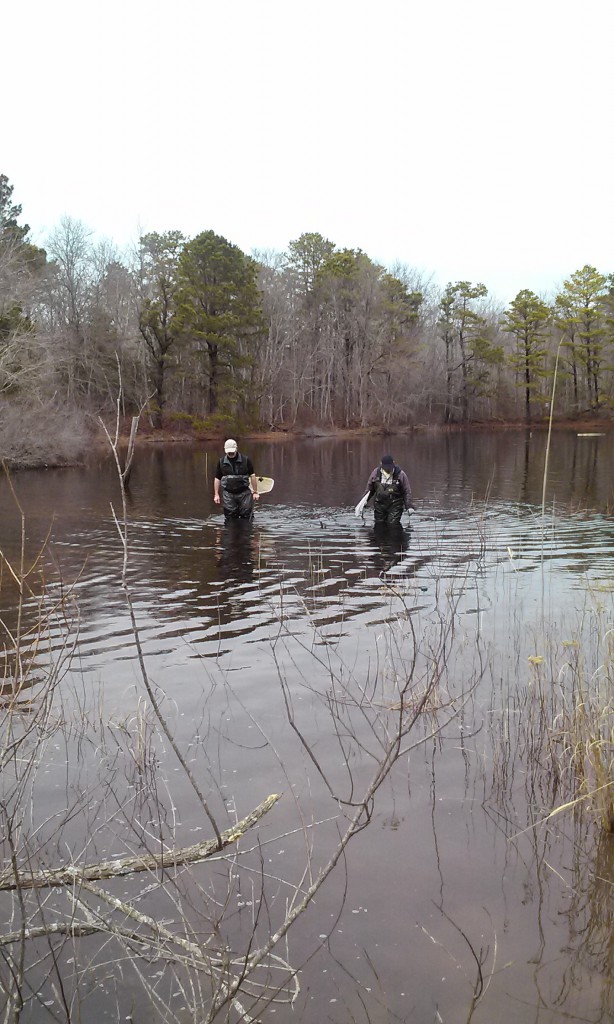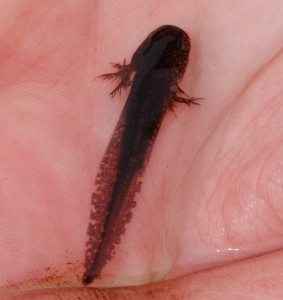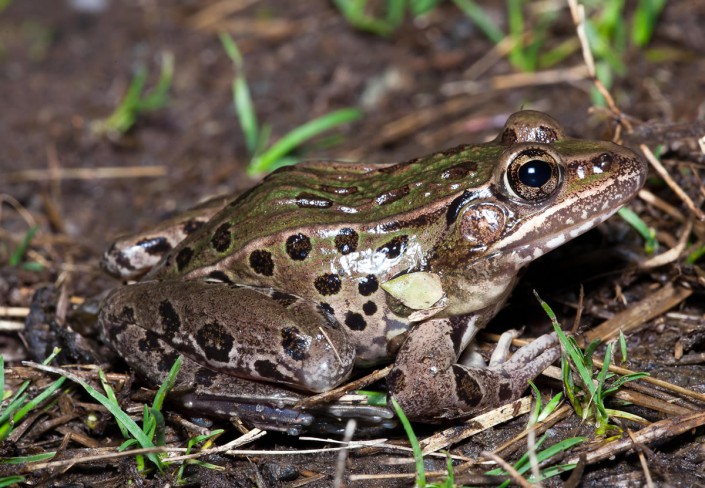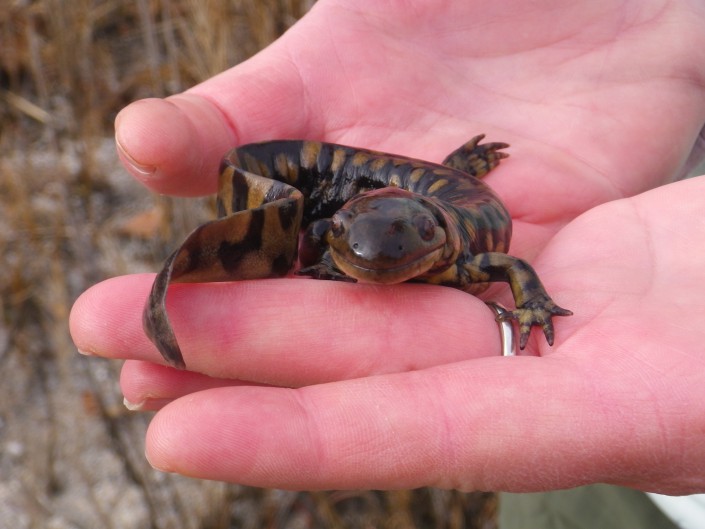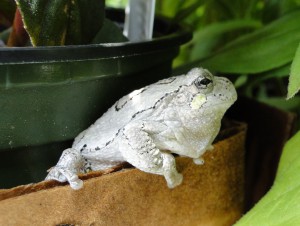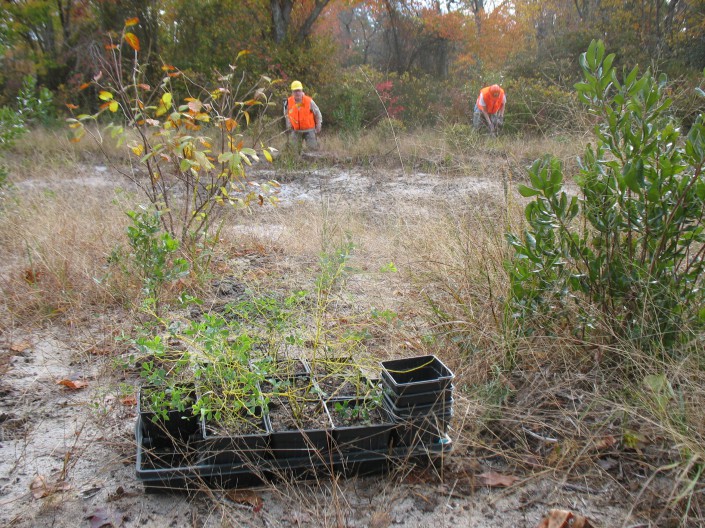Water Quality and Amphibians
A Closer Look into the Relationship between Amphibians and Their Habitats
Conserve Wildlife Foundation is excited to celebrate Amphibian Awareness Month during March 2015! Follow us on social media and be sure to check your email (sign up for our list) for weekly stories on the amphibians of the Garden State and our work to protect them.
By: Kelly Triece, Wildlife Biologist
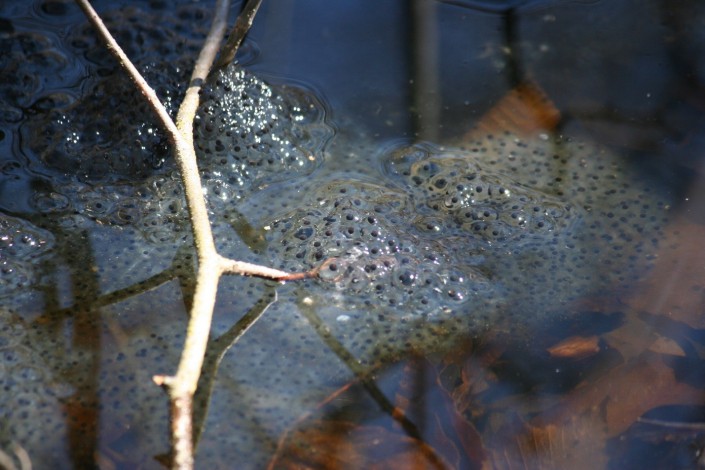
Amphibians are unique group in the animal kingdom, they have porous skin! This permeable skin allows water and air to pass directly pass into their body without filtering through their stomach.
While their permeable skin and soft eggs give amphibians an advantage to take in more oxygen, it also makes them more susceptible to pollutants. Amphibians therefore can serve as “canaries in the coal mine” for water quality. Biologists throughout the world are concerned about the health of amphibians because their health can be linked to the health of the environment they live in.
Water pollutants, such as, road salts, pesticides, metals and other sources of runoff from agriculture and cities can have negative effects on overall health and reproduction of these critters. Water quality degradation has been linked to physical malformations in amphibians and may also reduce their ability to fight off pathogens, leading to reduced reproduction and mortality. These issues linked with water quality and amphibians may also have a larger implication of the health of the ecosystem, including human health.
Therefore, it is important that populations of amphibians and other wildlife are carefully monitored and protected. In order to protect our water quality in and around our homes it is important to limit sidewalk salts, garden fertilizers and pesticides as much as possible. Make sure to follow label instructions and application rates. Amphibians are also beneficial as they eat insects, including agricultural pests and serve as food to other wildlife. They have also been an important role in research and medicine. Each day, consider taking small steps in your own house to help the amphibians that call the Garden State home.
Learn more:
Kelly Triece is a Wildlife Biologist for Conserve Wildlife Foundation of New Jersey.
